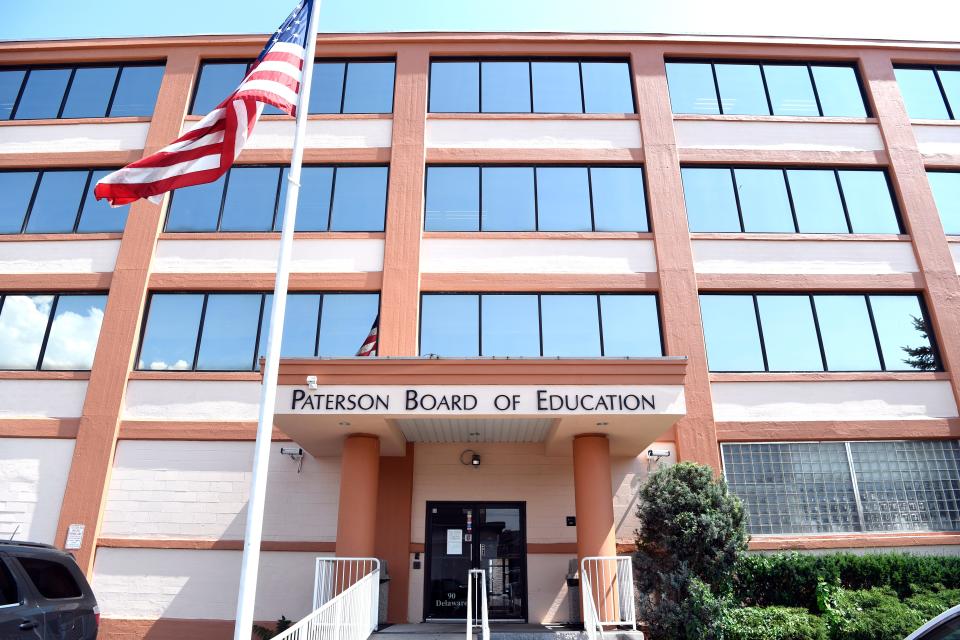How did Paterson schools work with 989 new students who speak limited English?
PATERSON — In order to handle an influx of almost 1,000 non-English-speaking students, city education officials this year created the district’s fifth bilingual magnet school and expanded two of its Newcomers programs.
The district says it managed to do all that by creating 11 new teaching jobs at a cost of $715,000.
At first glance, the district’s explanation that it needed to hire just 11 teachers for 989 limited-English-proficient, or LEP, students doesn’t seem like it adds up. But Paterson Public Schools has an answer for that, saying many of the new LEP children were placed in existing classrooms with vacant student slots available.
“The number of teachers needed was based on not how many students came into the system as a whole, but on what classrooms those students would end up in,” said spokesman Dan Juan. “In actuality, those students will be distributed throughout the district based on where they live and what resources are available to instruct them.
“For example, hypothetically, one school may get 30 new LEP students, but those students will be further divided by grade and then by class,” Juan continued. “Additionally, many of these students will be placed in existing programs when possible. The district already offers Newcomers programs from grades one to 12, with existing teachers that will have space for new students.”

Besides the 11 new English as a second language, or ESL, teaching slots, officials said they reclassified others to make those positions for bilingual educators. The district could not provide a number on how many jobs were reclassified in that way.
LEP student population's growth fueled by new housing
Paterson Press last month reported that the number of LEP student in the Paterson district jumped from 6,395 for 2022-23 to 7,384 for 2023-24, an increase of 15.5%. At that time, city education officials were not able to explain exactly how they handled the influx. Over the past several weeks, in a series of questions and answers, the district provided details on what’s been done to provide those new students with an education.
The LEP children make up about 26% of the district’s total enrolment of 28,270.
Civic leaders attributed the influx of LEP students to the wave of new housing built in Paterson in recent years and the city’s longstanding status as a destination for immigrants. Paterson’s large Bangladeshi and Arabic communities continue to grow, and the city’s Dominican population climbed above 40,000, according to the 2020 census.
District officials said they do not have a breakdown of the various languages spoken by the LEP students.
The district created a new bilingual magnet program at School 4 on Clinton Street, added grades nine and 10 to its Newcomers High School, and expanded classes at its Newcomers program for grades one through five at School 15, Juan said.
The Newcomers high school now has about 87 students and the elementary school about 91, officials said. Many LEP children attend schools outside the Newcomers programs, officials said. Depending on their proficiency in English, some of the student need only ESL support services, officials said.
What did a teachers' union leader say?
John McEntee Jr., president of the Paterson Education Association teachers’ union, expressed concern about the practice of simply adding LEP students to existing classes.
“We’re always looking for class sizes to shrink,” McEntee said. “But they seem to be on the rise, according to what our members are telling me.”
McEntee said he has not seen data on LEP class sizes but that he has heard of instances in which the numbers were growing to high 20s or low 30s in some schools.
“That makes the job of educating them much more difficult,” the union president said. “The students who come here from other countries and are trying to assimilate here should be getting the same education experience as our general education students.”
“This isn’t just a problem in Paterson,” McEntee added. “You’re seeing this happen all across the state.”
Joe Malinconico is editor of Paterson Press. Email: editor@patersonpress.com
This article originally appeared on NorthJersey.com: How Paterson NJ schools handled students who speak little English

